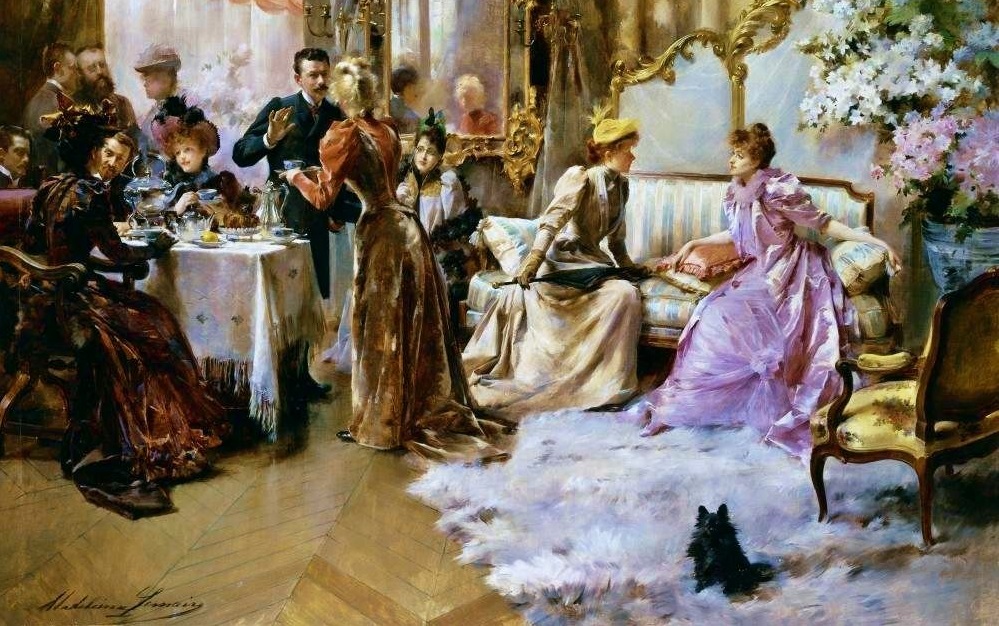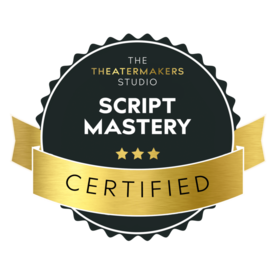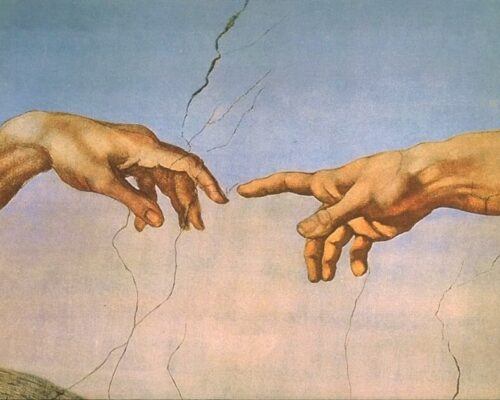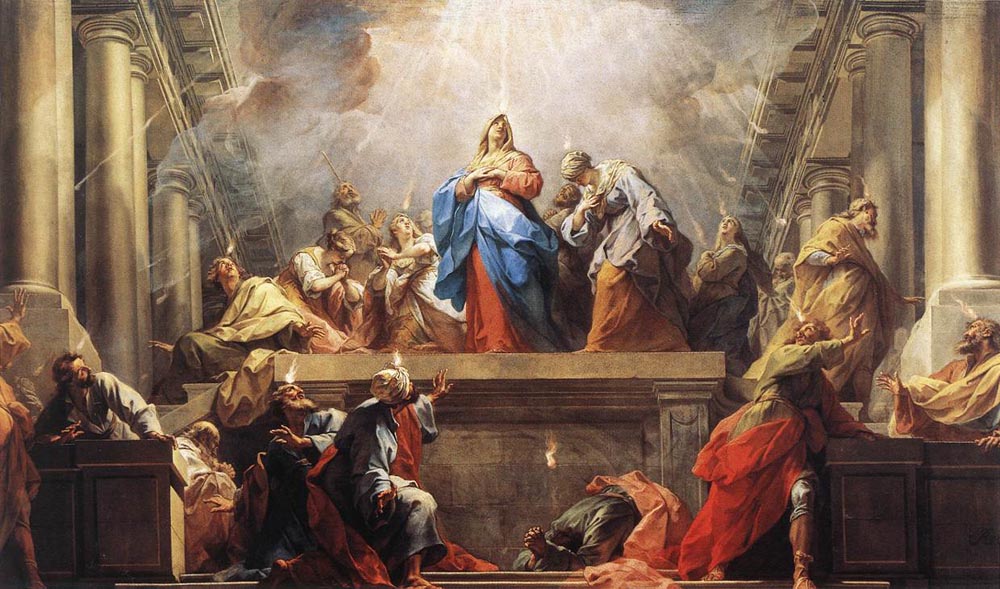
What Is Renaissance Through The Arts?
Imagine groups of artists who are truly united as one in mind, heart, and Spirit, and who work together with a common purpose and for the common good of all. Imagine theater or cinema as a place to experience the Presence of God. Imagine watching a play where emotional wounds, physical impairments, and diseases are supernaturally healed. Imagine attending an art exhibition or music festival where signs, wonders, and miracles abound. That is Renaissance Through The Arts—and you can be a part of it! (Please Contact Robin to find out more.)
A cultural shift known as Humanism emerged in a world where man became the center of his own universe.
Renaissance Past
The 14th century Renaissance began in Florence, Italy as a “rebirth” of classic Greek and Roman “cultural, artistic, political and economic” growth through science and art (¶1). It was a time of progress, inventions, and new ways of thinking. “Great Italian writers, artists, politicians and others declared that they were participating in an intellectual and artistic revolution that would be much different from what they experienced during the Dark Ages” (¶11).
Progress brought form and order out of the darkness and oppression of the Roman Catholic Church’s medieval societies. Enlightenment even illuminated some within The Church and led to questioning Church doctrine. The most notable example is Martin Luther.
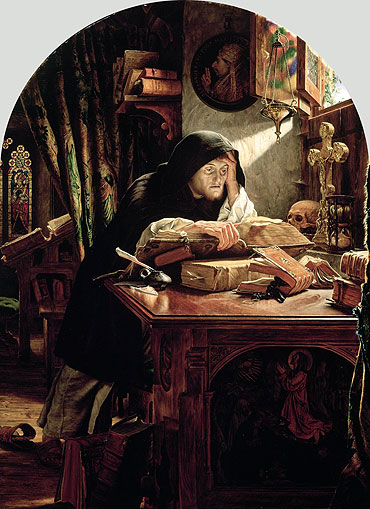
Scottish National Gallery.
A cultural shift known as Humanism emerged in a world where man became the center of his own universe, people embraced human achievements, and wealthy citizens supported emerging artists. The Protestant Reformation was a byproduct of both the Renaissance and Humanism. Sounds wonderful, right?
Yes and no.
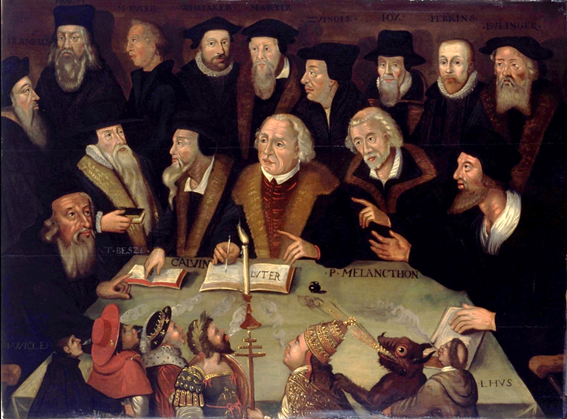
Individuals began to cast off the restrictions and constraints of Church-dictated propaganda and think “outside the box” that had imprisoned them.
By the beginning of the Renaissance, Catholicism had divided into a few dozen branches; however, they all stayed within a predetermined, common doctrinal platform. Due to the humanist move to individualism, the availability of the printed word, and the introduction of different modes of education, which included universities, Western minds were liberated from the controls of the one, state religion of Roman Catholicism.
Studying the reasoning and rhetoric of Classical Greek philosophers and Roman Statesmen resulted in an increase in knowledge, discoveries, and new developments. Individuals began to cast off the restrictions and constraints of Church-dictated propaganda and think “outside the box” that had imprisoned them. Some of those new thinkers started translating biblical manuscripts. On the one hand, this was beneficial, and on the other hand a problem was created by the education levels and language skills of the translators, which resulted in different translations of ancient words. Sometimes concepts were created or borrowed and words were purposely mistranslated to support the organized religious doctrine of ‘Church’. More on that in a later article.
Not only did most of the translators and those who read their translations see scriptures differently from the doctrinal teachings of The Church, they also saw those same scriptures differently from each other. Likewise, scripture often was (and still is) taken out of the context and culture of the time it was written, often to “prove” someone’s wishes and/or teaching or defend their sins. Although they became the Protestant Reformers, they also became the creators of different doctrines or systems of religious thought. This produced schisms that resulted in numerous denominations.
Nonetheless, most artists derived their income from commissions paid by The Church, governments, royalties, aristocrats, and the wealthy. Those artists and others may also have been provided for by a wealthy patron who supported them and usually supplied them with a studio and artistic materials. This environment placed the work of artists under the control of their patrons. Much of the artwork was created as a form of propaganda.
Renaissance Present
Progress and inventions are good such as household appliances, automobiles, airplanes, and electronic technology. However, we still are byproducts of the Renaissance Past. What began with the Protestant Reformers has escalated into much division, countless religious denominations (current estimates are as high as 47,000 Protestant denominations, although that number appears extreme), and even religious wars. Religious doctrines and propaganda have included traditions of men, distortions, deceptions, false doctrines, and outright lies.
All of this has been fomented and perpetuated by the enemy of God and our souls. The result is lawlessness, religious leaders who place themselves in a hierarchy above others, masses of naive people who accept teachings and rhetoric without question, humans idolizing other humans, artists dependent on others, and wealthy citizens who control it all.
Renaissance Future
There is a new cultural shift, spiritual “rebirth,” or renaissance of times past that is visible on the horizon and drawing near. Now, there is a rebirth or restoration of the Way of our Messiah, when He walked the earth.

It begins with artists and their communications through the arts. It calls for facilitators. It requires venues. This is a Renaissance Through The Arts, which is the purpose of this site. Has God called you to be a part of it?
Up Next! “Renaissance Present”
